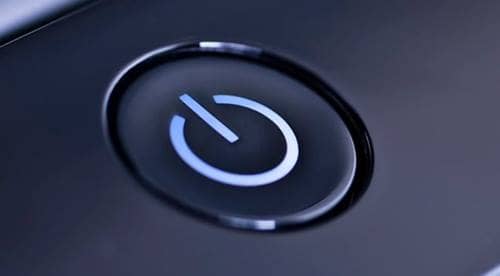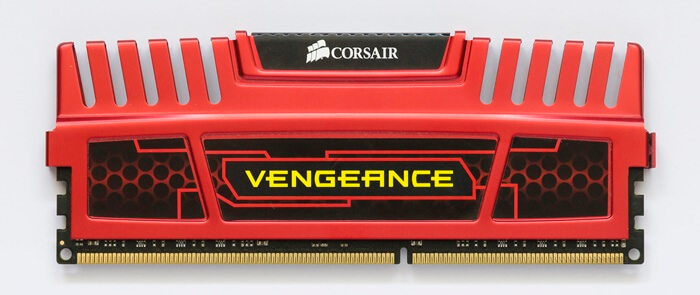Facing Computer turns on but no display? This is a common issue to be faced by Windows users due to hardware issues like problems with graphics cards, RAM, faulty monitors, and even damaged HDMI cables.
Users have reported that their PC turns on, they can see the RGB lights on the CPU, they can hear the fan’s noise, and even hear the boot sound of the PC, but their display is all black. If you are here searching for ways to fix it, we are here to help you. We will be guiding you with all the ways to fix this issue.
Fix Computer Turns On But No Display
Unable to see anything on your PC even when it is turned on? Given below are all the methods you can try to solve this issue.
1. Force Restart your PC
If your computer turns on, but you see no display, you should try force restarting your PC. If the issue is encountered due to bugs, then force restart should fix it. Here’s how you can do it-
- Press and hold the Power button on your PC.
- Do this for 4-5 seconds until your PC turns off.
- Now, press the Power button again to turn on your PC and see if you see anything on your display.
2. Check for Faulty Monitor and Cables
Before getting ahead with other fixes, ensure your monitor works fine and the cable is not damaged. Check for the damages on the HDMI cable (or any other cable you use to connect your monitor to your PC). If the cable is damaged, replace it with a new one, and you won’t face the issue any longer.
If the cable is fine, you should connect your monitor to any other PC. If the monitor works without issues on any other PC, the fault is within your PC. If the monitor doesn’t work with another PC, then there’s some issue with your monitor, not your PC.
3. Disconnect All Other Accessories
The issue can also be encountered due to other accessories that you have connected to your PC. You will have to disconnect all other accessories from your PC one by one and check if the issue is still encountered.
If your monitor starts displaying content after disconnecting, that is the reason behind the issue. However, if you still face the issue, then move to the next step in this article.
4. Reconnect RAM
If you are facing this issue after getting a new RAM, then that can be the reason behind this issue. But why is it so? This generally happens when the RAM is not properly seated into the RAM slot.
- Press and hold the Power button to turn off the PC.
- Unplug the PC from the power source.
- Now open the CPU cabinet.
- Remove the RAM from the Memory slot. Clean the RAM and the RAM slot with a microfiber cloth.
- Now, connect the RAM to the Memory slot again. Ensure the RAM is seated properly into the RAM slot.
- Close the CPU cabinet and connect your PC to the power source.
- Turn on the PC and see if you still face the issue.
How to Clean RAM on Your Desktop PC?
5. Reset BIOS Settings to Default
If your computer turns on but shows only the black screen, it can be an issue with the BIOS settings. You can reset the BIOS settings to fix the issue. Now that might put you to question how you can reset BIOS settings if you cannot set anything on your monitor.
Well, removing the CMOS battery and reconnecting it will reset the BIOS. For this, you will have to locate the CMOS battery on the motherboard. Here’s how this can be done-
- Turn off your PC and disconnect all the accessories connected to your PC. Also, unplug the power cord from your PC.
- Now, open the CPU cabinet. Unscrew the tempered glass of the cabinet and remove it carefully. Now you will have a clear view of the insides of the CPU.
- Locate the CMOS battery on the motherboard. It will be a spherical-shaped flat battery on the motherboard. You must gently remove it from the CPU using a fingernail or a screwdriver.
- Now wait for a few minutes and then reconnect the battery.
- Once done, put back the tempered glass on the CPU cabinet and close the cabinet.
- Connect all the accessories to the PC and replug the power cord.
- Press the power button and turn on your PC.
Bottom Line
The above steps should fix the issue, and your PC should work fine without further errors. If the steps mentioned above don’t solve the issue, then you should take your PC to the nearest PC repair shop and ask them to inspect your PC for any hardware failures. They will guide you with what you can be done if the issue is due to hardware failures.





